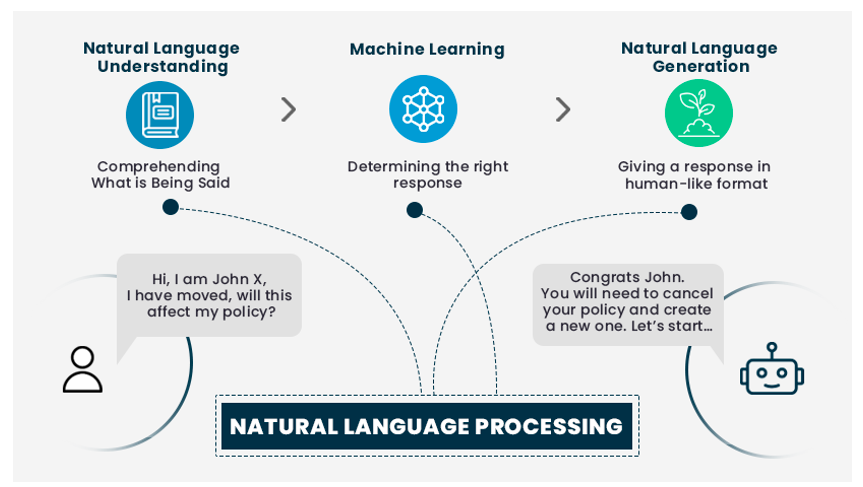
AI-Powered Language Models: The Newest Frontier in Natural Language ProcessingAI-Powered Language Models: The Newest Frontier in Natural Language Processing In the realm of natural language processing (NLP), AI-powered language models are revolutionizing the way we interact with computers and harness the power of human language. These models, fueled by vast amounts of text data and machine learning algorithms, have pushed the boundaries of NLP, enabling unprecedented capabilities and transformative applications. Unveiling the Power of AI Language Models AI language models, such as GPT-3 and BERT, are pre-trained on massive datasets of text, covering diverse genres and styles. They learn intricate patterns and relationships within language, enabling them to perform a wide range of NLP tasks, including: * Text Generation: Generating human-like text, such as news articles, stories, and marketing copy. * Language Translation: Translating text between different languages, maintaining both accuracy and fluency. * Question Answering: Answering natural language questions by extracting relevant information from text. * Sentiment Analysis: Identifying and classifying the emotional context within text. * Summarization: Condensing long passages of text into concise and informative summaries. Benefits and Applications AI language models offer numerous benefits and applications across various industries: * Enhanced Customer Service: Chatbots powered by language models provide 24/7 support, handling inquiries and assisting customers. * Personalized Content Creation: AI models generate tailored recommendations, marketing content, and personalized experiences for users. * Improved Search Results: Search engines leverage language models to understand user intent and provide more relevant and comprehensive results. * Medical Diagnostics: AI models assist medical professionals in analyzing patient data, identifying patterns, and diagnosing illnesses more accurately. * Legal Document Review: Language models expedite legal document review processes, identifying relevant clauses and highlighting potential risks. Challenges and Future Prospects While AI language models have made significant strides, challenges remain: * Bias and Fairness: Pre-trained models can perpetuate biases present in the training data, leading to unfair or inaccurate results. * Interpretability and Explainability: Understanding the internal workings of language models can be complex, hindering their application in critical decision-making processes. * Computational Cost: Training and deploying large language models requires substantial computational resources. Despite these challenges, the future of AI language models is incredibly promising. Continued research and advancements will address these limitations, unlocking new possibilities: * Personalized Learning: Tailored educational experiences based on individual learning styles and cognitive abilities. * Automated Creative Writing: Generation of unique and engaging narratives, poems, and screenplays. * Advanced Dialogue Systems: Natural and immersive interactions with computers, simulating human-like conversations. * Discovery of New Knowledge: Language models will assist researchers in analyzing vast datasets, extracting insights and uncovering hidden patterns. Conclusion AI-powered language models represent a quantum leap in NLP, opening up unprecedented opportunities. By harnessing the power of human language, these models are transforming industries, enhancing our interactions with computers, and revolutionizing the way we create, communicate, and access information. As these models continue to evolve, the possibilities for their applications and benefits are limitless.
Posted inNews